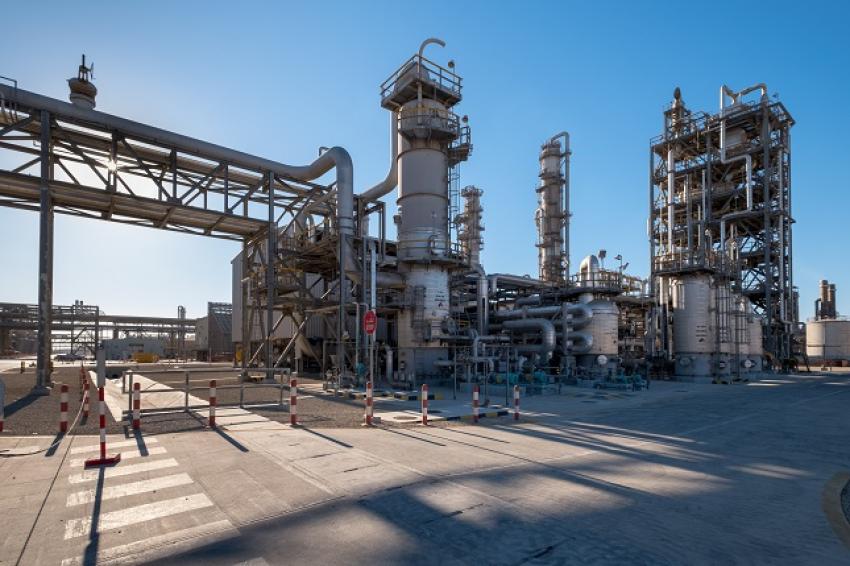To achieve its decarbonization strategy, SABIC has formally signed a memorandum of understanding in partnership with Scientific Design (SD) and Linde Engineering
(MoU). The collaborative program aims to explore opportunities to decarbonize the SD glycol process, focusing on innovative solutions that significantly reduce the carbon footprint and introduce low-carbon emission technologies.

Central to the collaboration is the use of SABIC’s advanced CO2 recovery and purification technology to enhance SD’s licensed ethylene glycol production plant. The overall goal is to establish sustainable ethylene oxide (EO) and ethylene glycol (EG) production processes that set industry benchmarks for carbon-neutral practices.
Central to the plan is the integration of SABIC’s CO2 capture and purification technology into the EO/EG production process. By capturing and purifying the carbon dioxide emitted during production, the partnership aims to minimize the environmental impact of these critical industrial processes. SABIC’s proprietary CO2 technology has demonstrated its ability to recover and purify 500,000 tonnes of CO2 per year. This important capability addresses the environmental challenge posed by carbon dioxide emissions during ethylene glycol production, preventing its release into the atmosphere.
An important aspect of this initiative is the conversion of captured carbon dioxide into valuable products such as urea, methanol and liquefied carbon dioxide. Not only is this an efficient means of carbon utilization, but it is also consistent with the principles of a circular economy by converting emissions into valuable resources.
The collaborative approach between SABIC, SD and Linde Engineering reflects a shared commitment to advancing sustainable practices in the chemical industry. By employing state-of-the-art technology, the partners aim to revolutionize the production of ethylene oxide and ethylene glycol, ushering in a new era of environmentally responsible and carbon-neutral industrial processes.
This collaborative effort has implications beyond individual companies and signals a broader industry shift toward greener and more sustainable practices. The commitment to reducing carbon emissions and optimizing resource use makes the initiative a trailblazer in ongoing global efforts to combat climate change and promote sustainable industrial development.
The signing of a memorandum of understanding between SABIC, SD and Linde Engineering marks an important moment in the chemical industry’s pursuit of decarbonization. By leveraging SABIC’s advanced CO2 recovery and purification technology, the collaboration seeks to redefine the benchmark for ethylene oxide and ethylene glycol production. This initiative is in line with the wider global goal of achieving carbon neutrality and highlights the transformative potential of collaborative efforts to address complex environmental challenges. As these industry leaders pave the way for sustainable practices, the ripple effect could inspire similar initiatives across the chemical industry, fostering a more resilient and environmentally conscious industrial landscape.

 微信扫一扫打赏
微信扫一扫打赏

